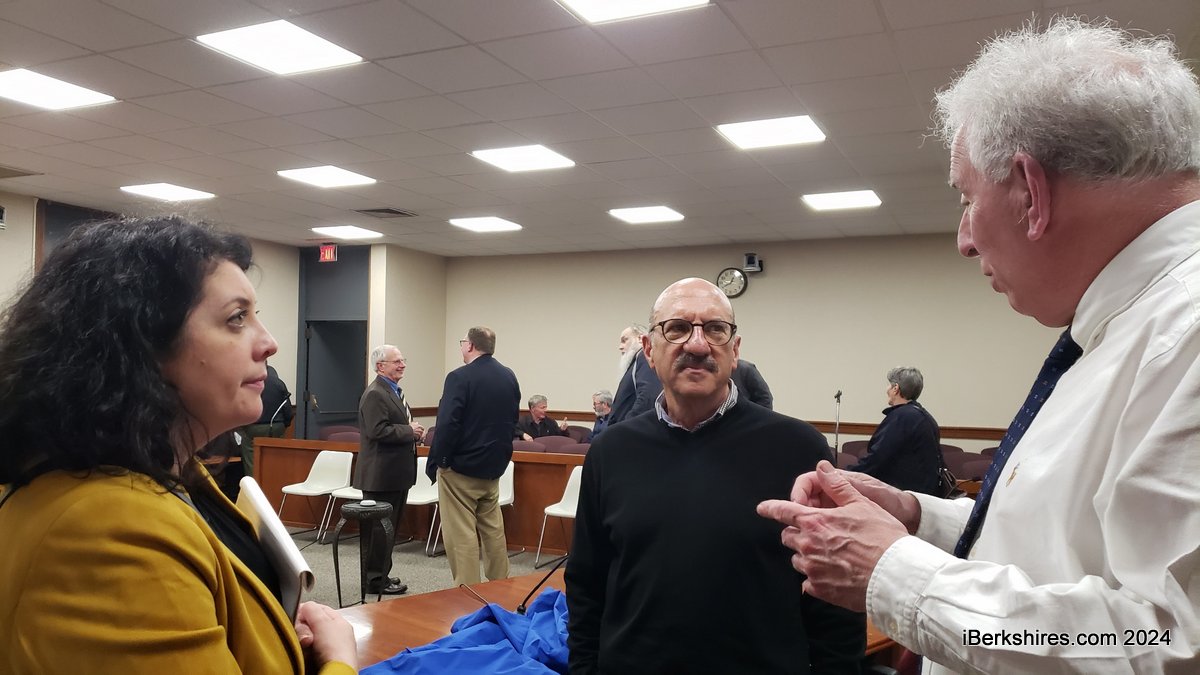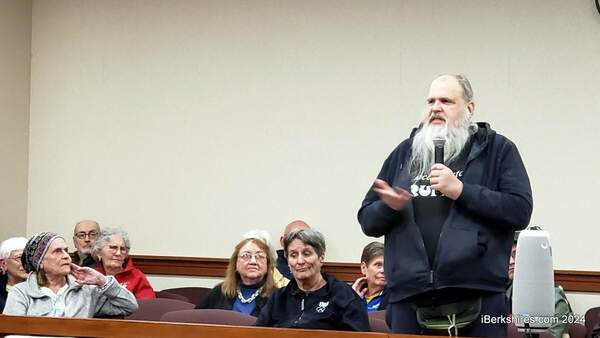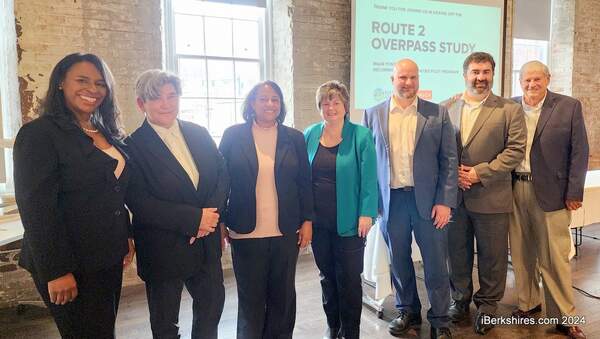Guest Column: The Explosion of Vaping and Youth Use
 |
To the Editor:
Last spring, I was inundated with requests from curious and concerned parents and schools about vaping. Vaping among youth had skyrocketed. Particularly I heard questions about the use of one product, JUUL, and adults were trying to figure out how to respond. Many had no idea that vaping products contain nicotine that can damage a teenager's developing brain and lead to addiction.
As young people go back to school this fall, some schools will have developed successful strategies to address this public health issue and yet new challenges will need to be addressed as the tobacco and vaping industries continue developing new tactics to addict young people to nicotine; there's always something new to contend with. One thing we know: simply talking with teens about these products can help protect them.
That's why, this summer the Massachusetts Department of Public Health launched a statewide information campaign called "The New Look of Nicotine Addiction" to help parents understand what vaping is, how vaping can harm developing brains and how parents can talk with their teenagers about vaping. Lots of information for parents and schools is available at GetOutraged.org and I am available to speak with parent, school and community-based groups who want to know more and consider what they can do about it.
A few basic facts go a long way toward helping you talk with your teens.
• E-cigarettes are known by many different names. They are sometimes called e-cigs, e-hookahs, mods, vape pens, vapes, tank systems, JUULs, and electronic nicotine delivery systems. They are battery-operated vaporizers that simulate the action and sensation of smoking. They can look like USB sticks, pens or other everyday items.
• Young people may think these products simply contain flavored water. That's not true. E-cigarettes can come pre-filled with e-liquids or e-liquids can be added to the device. The e-liquids generally consist of propylene glycol, glycerin, water, nicotine and flavorings that appeal to youth.
• E-cigarettes produce an aerosol, commonly called vapor, which users inhale from the device and exhale. According to the U.S. Centers for Disease Control and Prevention (the CDC), the aerosol can contain harmful and potentially harmful substances including nicotine, ultrafine particles, flavorings such as diacetyl, a chemical linked to a serious lung disease, volatile organic compounds such as benzene, cancer-causing chemicals and heavy metals like nickel, tin and lead.
• According to the CDC, e-cigarettes are not safe for youth, young adults, pregnant women and adults who do not currently use tobacco products.
These are ample reasons to be concerned about youth vaping. Most importantly, nicotine is a highly addictive substance and young people are uniquely at risk for long-term long-lasting effects of exposing their developing brains to nicotine. These risks include nicotine addiction, mood disorders and permanent lowering of impulse control. Teens can get addicted more easily than adults and nicotine can prime the adolescent brain for addiction to other drugs.
How can you talk with your young people about vaping? First, be patient and ready to listen. Know that there is no perfect talk and consider your talks to be learning opportunities for both you and your young person. You may have some facts but concede that you don't have all the answers. This will go a long way to keep your kids from going on the defensive. If you show genuine curiosity about what your child knows and experiences you may learn a lot and be better able to gauge the vaping issues in your community and what you can do about them.
You can find this and more information at GetOutraged.org. There you can see what vaping products look like, get more answers to frequently asked questions and learn more about how to talk with your kids about vaping. Printed materials are available to order free of charge or to download and you can learn about other actions you can take. There's also a toolkit of useful information for schools.
I am available to work with schools, coalitions, employers and community-based organizations around these and other tobacco-related issues. Contact me at the Berkshire Tobacco-Free Community Partnership, 413-236-2145 or jbrewer@berkshireahec.org for more information. Together we can reduce youth vaping and improve the health of our community.
Joyce Brewer is the program director of the Berkshire Tobacco-Free Community Partnership, a program of the Berkshire Area Health Education Collaborative.
Tags: smoking awareness,
















